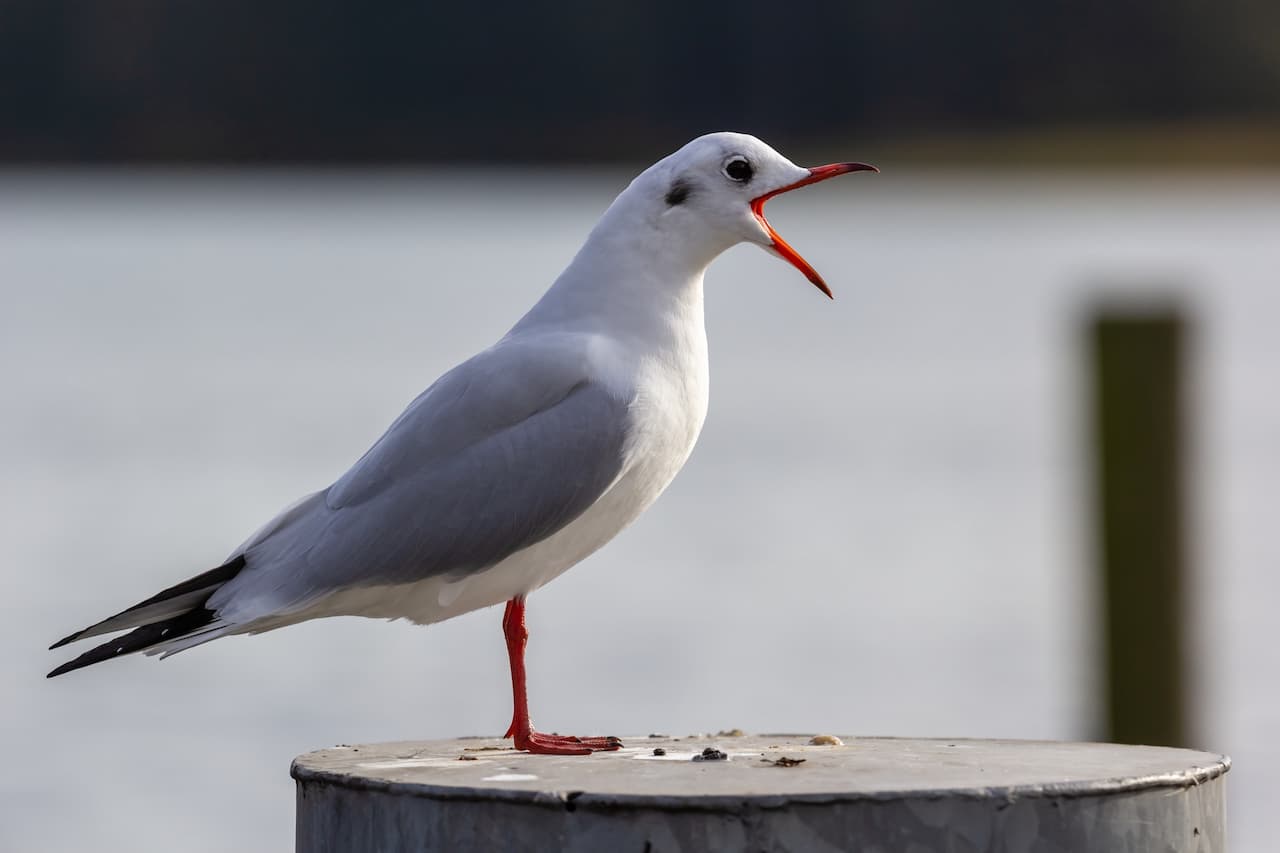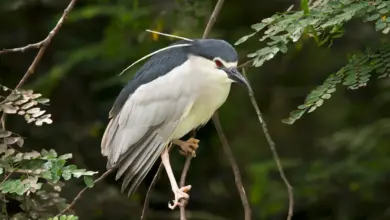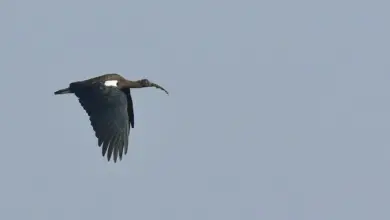Crested Ibises
Ibis Information and Listing of Species … Ibis Species Photo Gallery
The Crested Ibises (Nipponia nippon) – also known as the Japanese Crested Ibis or Toki – was formerly widespread in Japan, China, Korea, Taiwan, and Russia.
This species has now disappeared from most of its former range and was believed to be extinct until 1980. However, in 1981 the only known population consisting of 7 individuals was discovered in the Shaanxi province of China. Conservation efforts are ongoing to reintroduce captive birds back into their natural habitat.
Description
The Crested Ibises is a large (up to 78.5 cm long), white-plumaged ibis of pine forests.
Its head is partially bare, showing red skin, and it has a dense crest of white plumes on the nape (back of the neck).
Diet / Feeding
Crested Ibises mostly feed in shallow waters on small fishes, aquatic insects, mollusks, frogs, and food sifted from the water surface.
Their diet also includes insects, small mammals, as well as lizards, skinks, and other small reptiles caught on land.
Nesting
They typically nest in colonies, often with other water birds.
The nests are shallow cup-shaped platforms of sticks, grasses or reeds that are typically situated on trees near a body of water, such as rivers, swamps or lakes. Although some ibises also make their nest amongst rocks and on cliffs,
The average clutch consists of 2 – 4 eggs. The nests are often reused year-after-year.
Please Note: The articles or images on this page are the sole property of the authors or photographers. Please contact them directly with respect to any copyright or licensing questions. Thank you.




